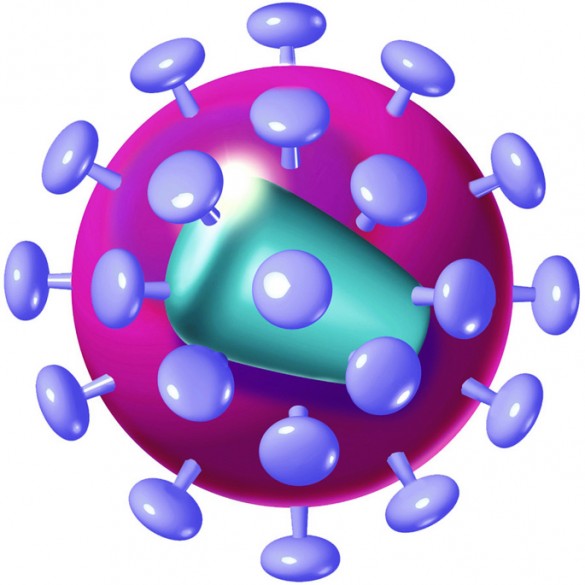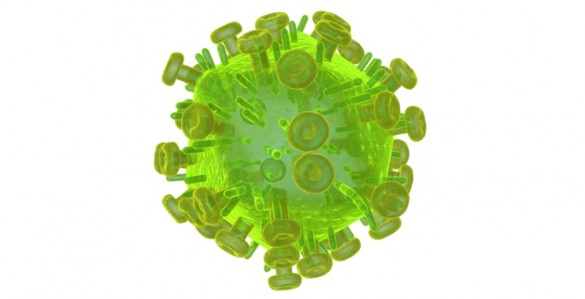by Dikshya Bastakoty

The HIV capsid is a structure composed of a single protein (known as CA), which encloses the viral genome. The capsid plays multiple roles in infection, and is an emerging drug target. One recently reported capsid-targeting inhibitor is the small molecule PF74.
PF74 binds the CA protein and destabilizes the viral capsid inside target (host) cells. However, like any other anti-retroviral therapy, PF74 is rendered ineffective by mutations in the virus.
Christopher Aiken, Ph.D., and colleagues report that multiple mutations in the PF74-binding region of the viral capsid are required to develop resistance to the drug.
The investigators examined the effect of five previously reported mutations resulting in changes in distinct amino acids (protein building-blocks) in the CA protein. At least three amino acid substitutions were necessary to acquire PF74 resistance, while maintaining the viral fitness.
This study, published in the January issue of the Journal of Virology, highlights the potential of capsid-targeting drugs as effective anti-retroviral therapy.
The study was supported by National Institutes of Health grant AI089401.
Send suggestions for articles to highlight in Aliquots and any other feedback about the column to aliquots@vanderbilt.edu















